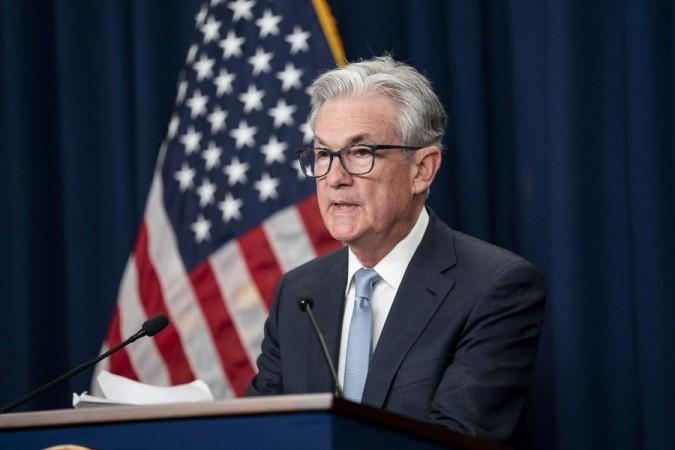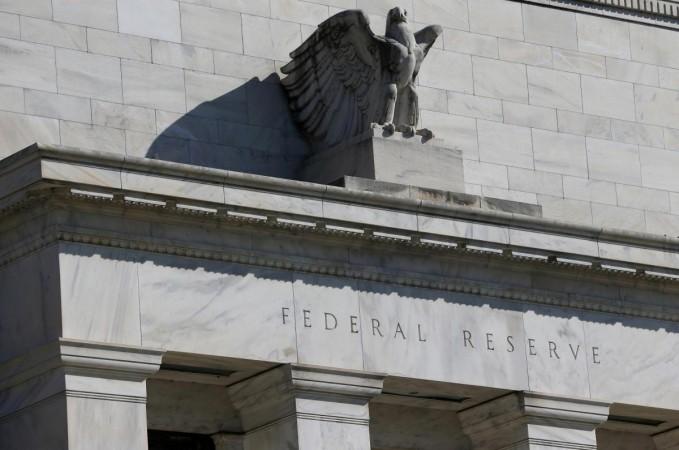
The U.S. Federal Reserve initiated a series of anticipated interest rate cuts on Wednesday with an unexpectedly large 50-basis-point reduction. This move aims to underscore the Fed's commitment to maintaining low unemployment amid easing inflation, according to Federal Reserve Chair Jerome Powell.
"We made a strong start, and I am very pleased with our decision," Powell stated at a press conference. The Fed reduced its benchmark policy rate to a range of 4.75%-5.00%, citing increased confidence that the period of high inflation is over. Powell described the decision as clear from both economic and risk management perspectives.
Diane Swonk, Chief Economist at KPMG, suggested that a "soft landing" for the economy is achievable, which could cement Powell's legacy as Fed Chairman.
In addition to the immediate rate cut, Fed officials projected further reductions: another 50 basis points by year-end, a full percentage point next year, and an additional 50 basis points by 2026. However, they noted that long-term forecasts carry inherent uncertainty.
Despite the timing of the decision, just seven weeks before the U.S. presidential election, reactions from presidential candidates were subdued. Democratic nominee Vice President Kamala Harris welcomed the rate cut as "good news" for Americans, while Republican nominee Donald Trump, who appointed Powell, suggested the significant cut might indicate economic trouble.
"To cut it by that much, assuming they're not just playing politics, the economy would be very bad," Trump told reporters. Powell, however, maintained that the economy remains robust, with job market indicators and the current 4.2% unemployment rate not signaling distress. He emphasized the need to support the labor market proactively to avoid potential weaknesses.

The Fed had maintained its policy rate in the 5.25%-5.50% range since July 2022, ending an 18-month period of rate hikes designed to combat a 40-year high inflation surge. While Powell refrained from declaring victory over inflation, he noted that it is approaching the Fed's 2% target, and labor conditions align with the goal of maximum employment.
Following the Fed's announcement, U.S. stocks initially rose but ended the day lower. The U.S. dollar strengthened slightly against other currencies, and U.S. Treasury yields increased. Rate futures traders adjusted their expectations, now anticipating a policy rate in the 4.00%-4.25% range by year-end.
"The Fed ended the pause with a bang," said Brian Jacobsen, Chief Economist at Annex Wealth Management. "The strong signal of a 50-basis-point cut and the expectation of another 50 basis points this year was controversial."
Current inflation, based on the Fed's preferred measure, is about half a percentage point above the 2% target. The Fed's new economic projections estimate the annual increase in the personal consumption expenditures price index will fall to 2.3% by year-end and 2.1% by the end of 2025.
The unemployment rate is expected to end this year at 4.4% and remain steady through 2025, while economic growth is projected at 2.1% through 2024 and 2% in 2025.








